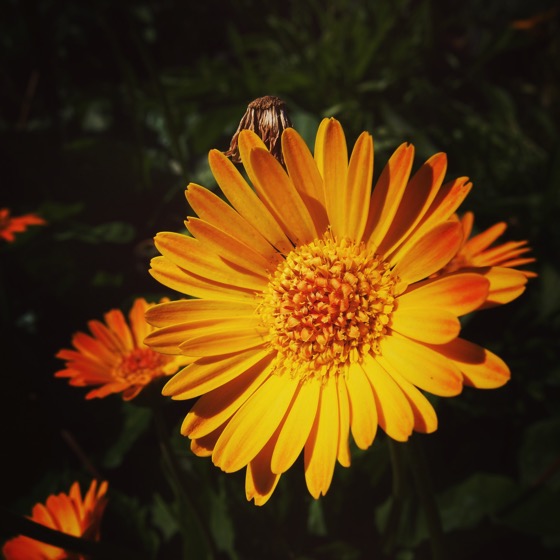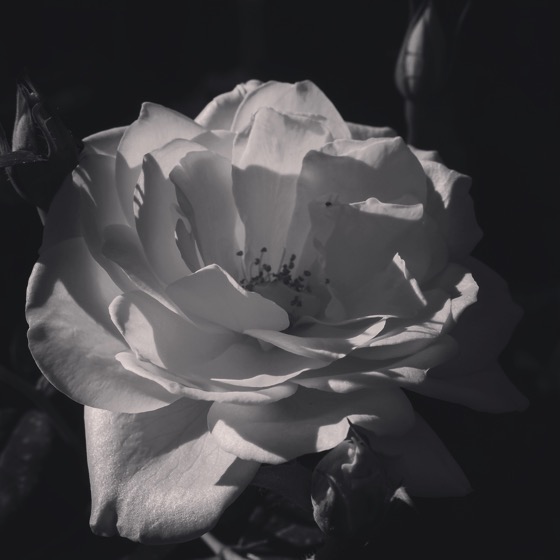Starting a series within a series, I will be highlighting shade plants that grow well underneath trees, especially California Live Oak. I have a deep shade area beneath many trees here in my own garden and i am constantly looking for plants that can help green this area. — Douglas
Cream Bush (Holodiscus discolor)
Another striking white plant that works in partial shade, according to the folks at Las Pilitas Nursery. white, of course, brings some evening and night interest to your garden, too.
By Walter Siegmund (talk) – Own work, CC BY-SA 3.0, Link
What are your thoughts on this Interesting Plant? Drop a note in the comments!
The plant is common in the Pacific Northwest, and throughout California in diverse habitats including California mixed evergreen forest, California oak woodlands, chaparral, Coast redwood forest, Douglas-fir forest, Yellow pine forest, Red fir forest, and Lodgepole pine forest. It is native to regions of California including the High Sierra Nevada, Northern and Southern California Coast Ranges, Klamath Mountains, Santa Cruz Mountains, Western Transverse Ranges, and the San Gabriel Mountains.
It is found in both openings and the common understory shrub in a variety of forest overstories from 300–1,300 metres (980–4,270 ft) in elevation. It is found in a variety of habitats, from moist coastal forests to drier, cooler mountains of inland California. The plant is found in areas prone to wildfire, and it is often the first green shoot to spring up in an area recovering from a burn. It is commonly found in chaparral communities, a fire ecology ecosystem which evolved with burning periodically. It also may grow in areas cleared by logging.
In the California black oak woodland plant community, common understory associate species include Western poison-oak (Toxicodendron diversilobum), toyon (Heteromeles arbutifolia), and coastal wood fern (Dryopteris arguta).[6] — Wikipedia
More information on Cream Bush (Holodiscus discolor):
- Cream Bush (Holodiscus discolor) in Wikipedia
- Sierra Iris (Iris hartwegii) at Las Pilitas Nursery
- Cream Bush (Holodiscus discolor) at the Lady Bird Johnson Wildflower Center



- Sierra Iris (Iris hartwegii)
- Siskiyou Alum Root (Heuchera merriamii)
- Island Alum Root (Heuchera maxima)
- Wood Strawberry/California strawberry (Fragaria californica)
- Sticky Monkey Flower (Mimulus aurantiacus/Diplacus aurantiacus)
- Red Stem Dogwood (Cornus stolonifera/Cornus sericea)
- Blackfruit Dogwood (Cornus sessilis)
- California Spikenard and Elk Clover (Aralia californica)
- Bush Anemone (Carpenteria californica)
- California Pipevine/California Dutchman’s Pipe (Aristolochia californica)
- Wild Ginger (Asarum caudatum)
- Begonia Rex (Painted-leaf begonia)
- Leonotis leonurus
- Matilija Poppy (Romneya)
- Melocactus matanzanus (Turk’s Cap Cactus)
- Coleus “Redhead”
- Tiarella ‘Pink Skyrocket’
- Bacopa monnieri (Water hyssop)
- Lycoris squamigera (Naked Lady Lily)
- Kong Coleus (Plectranthus/Solenostemon scutellarioides “Kong Series”)
- Crassula plegmatoides
- Agave victoriae-reginae
- Mountain Cornflower (Centaurea montana)
- Euphorbia ‘Black Bird’
- Firecracker vine (Ipomoea lobata)
- Eryngium yuccifolium
- Dahlia ‘Karma Choc’
- Echeveria Agavoides
- Jerusalem Sage (Phlomis fruticosa)
- Hummingbird Sage (Salvia spathacea)
- Seaside Daisy, Beach Aster (Erigeron glaucus)
- Toyon (Heteromeles arbutifolia)
- California Lilac (Ceanothus)
- Bigberry Manzanita (Arctostaphylos glauca)
- Douglas Iris (Iris douglasiana)
- Malva Rosa (Lavatera assurgentiflora)
- Baby Blue-Eyes (Nemophila)
- Coral Bells or Alum Root (Heuchera)
- Deer Grass (Muhlenbergia rigens)
- Echeveria ‘Lola’
- View all past “Interesting Plant” posts
Interesting Plant is a series from A Gardener’s Notebook blog and podcast that highlights the most interesting plants I find in my Internet and real-world travels — Douglas




